The Somnath Jyotirlinga, Prabhas Patan near Veraval in the Indian state of Gujarat, is not only a Mecca for devotees around the world but also an artistic marvel. It is the first of all the 12 Jyotirlingas where Lord Shiva is believed to have appeared as the endless beam of radiance. The temple is famous for many reasons, including its geography sitting on the shore of the Arabian Sea, its cultural and religious background, and the age of the temple.
Somnath is an important site in Hindu religion as well as Indian history, bringing in a number of pilgrims and tourists every year. Therefore, here in this blog, we will talk about all the historical, religious, and leisure aspects of Somnath that can help in easy navigation for all those who plan to go there.
The Somnath Jyotirlinga, located in Prabhas Patan, Veraval, in the state of Gujarat, is not only a significant entourage for devotees all over the globe but also an aesthetic masterpiece. The Somnath temple is considered the first among the twelve Jyotirlingas where Lord Shiva is said to have appeared in the form of an eternal column of light. The temple is known more so because of the perfect blend of its past, its culture and traditions, and the ocean at the Arabian Sea where the temple is located.
History of Somnath Jyotirlinga: A Temple of Eternal Resilience
It is said that the Somnath temple is not only dedicated to but also embodies the faith and devotion of many people. The temple has sustained the progress of time and has suffered destruction and reconstruction numerous times in history, however even in suffering, the stone temples have come back to their normal vigor displaying the very essence of belief.
Mythological Origins
The primary aspect about the temple is its given name, which takes its roots from the word ‘Soma’, the moon god in the Hindu system of beliefs. Most of these stories are found in the Skanda Purana, and they speak of how Chandra, the moon god, was hated by his father-in-law, Daksha Prajapati, who hospitalized him and cursed him to lose his light and become invisible. Chandra wept and prayed to Lord Shiva, who resided at that place, and after doing penance, Chandra was given back his lost beauty. In appreciation of this act, the first temple in Somnath was constructed by Chandra, making it a place of great devotion.
That is why the name Somnath has additional significance as ‘Shrine Eternal’ with the aspect of the Moon deeply rooted within its etymology and its function as a temple for Hindus.

Table of Contents
Historical Significance
The past of the Somnath Jyotirlinga is as interesting as its present. Most worthy of a mention is that this temple has faced so many attacks by different empire builders prizing its riches.
1. First Destruction by Mahmud of Ghazni (1026 AD): First, in history the temple of Somnath suffered an attack by the forces of Mahmud of Ghazni in the year 1026 AD. He took away the treasure and shattered the temple’s edifice, thinking that he taking siege of the centre of Hindu’s spirituality. However, the temple was reconstructed almost immediately by the ruling chiefs of the region.
2. Reconstruction by King Bhimdev and King Bhoja (11th Century): Following the invasion by Mahmud, reconstruction of the temple was carried out by Bhimdev I of the Solanki and Bhoja of the Paramara dynasties.
3. Subsequent Attacks and Rebuilds: The history of the temple abuse is pretty long. It has been destroyed and constructed again a number of times, with the mosque being the main target of many conquerors, such as Alauddin Khilji or Aurangzeb. And each time, it was the Hindu kings nad believers who restored it to the best of their abilities preserving the dignity of the holy place.
4. Modern Reconstruction (1951): The current Somnath Temple was again constructed in the year 1951 under the supervision of Sardar Vallabhbhai Patel, India’s first Deputy Prime Minister. The spread of nationalism during the post-independence era explains such an attempt. The temple was built in Chalukya style of architecture having detailed engraved columns and lofty mandap causing admiration, adoration and appreciation to both pilgrims and tourists.
Architectural Marvel of Somnath Temple
Considered as one of the finest : Chalukya style of architecture, which span in certain regions of South and Western India between the 6th centuries to the 12th centuries. The construction plan of the temple stands as an exemplary representation of Indian temples of yore balancing soft beauty, perfect proportions and religious element in one structure.
Somnath Temple Shikhara Height: The embedded spire of the shrine soars up to 155 feet making its one of the tallest temple towers in the Indian subcontinent. This represents the temple’s aspirations and connectedness to the sky in the spiritual level
Garbhgrha: The Jyotirlinga, Lord Shiva’s idol is placed in the innermost chamber of the sanctum. The worshippers come to this shrine to pray for the Lord’s compassion.
Ornamentation: The temple has sculpted figures of many Hindu deities along with mythological as well as nature scenes embellished on the exterior side of its parapet. These intricate designs made walls or other structures speak the language of the ancient Indian sculptors’ great skill.
Easy Accessibility to the Sea: The most appealing of such attributes is the fact that the temple is situated in the western region of gujarat in India facing the arabian sea. It is constructed on such a contour that no piece of dry land exists from there to the South Pole and thus, this temple is said to have an unending bond with the waters.
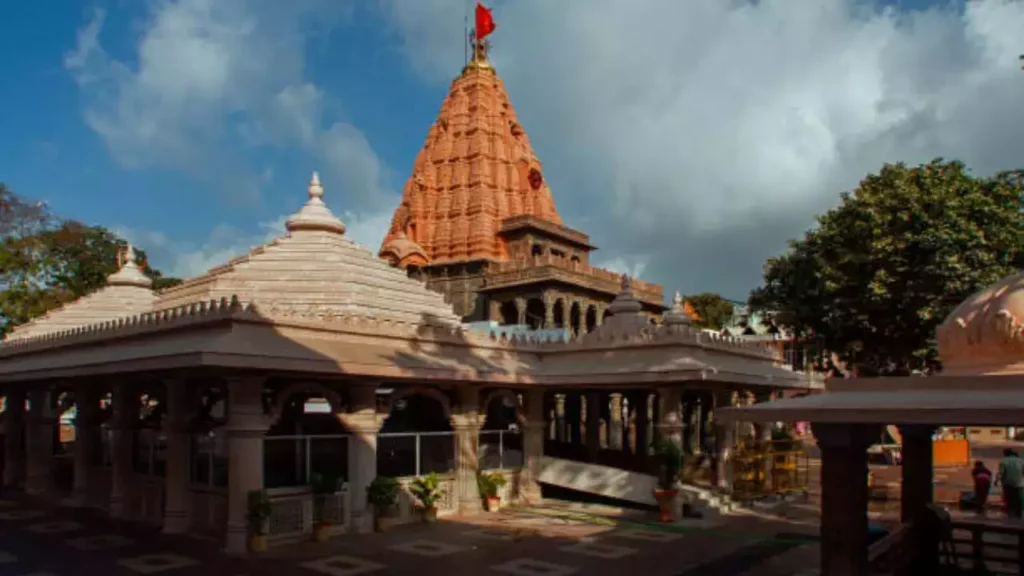
Significance of Somnath Jyotirlinga in Hinduism
Among the twelve Jyotirlingas, Somnath Jyotirlinga has the distinction of being the first and this explains its prominence. It is widely believed that a visit to Somnath and the performance of rituals at this place are capable of extracting the negative energies, bringing enlightenment and cleansings a person’s spirit.
Spiritual Cleansing: The power of the Somnath Jyotirlinga in the exorcism of evils is unmatched. Hence rituals like Abhishekam, offering of Bilva leaves, etc. are expected to free devotees from sins and past karmas.
Moksha. It has been said that devotees who also visit the Somnath temple are blessed in fulfilling their inner desire of achieving Moksha. It is said that when the immenses form of Lord Shiva is present, the birth and death cycles are transcended by the devotees.
Connection with Nature: Furthermore, from the sea where the temple is located, it creates divine atmosphere in which visitors can enjoy the religious and the natural aspects of the site.
How to Reach Somnath Temple
By Air: Somnath has an airport at Diu which is 80 km away. Connecting flights from other cities like Mumbai and Delhi are easily available. Another airport located near Somnath is Rajkot Airport which is approximately 200 k away from Somnath.
By Train: The temple town has the nearest railway station at Veraval Railway Station, which is only 7 km away from the temple. There are regular trains to this station from key cities like Ahmedabad, Mumbai, and Delhi.
By Road: Roads to and from Somnath are available. Private taxis or buses are available even from other cities such as Ahmedabad, which is 400 km away, Rajkot, which is 200 km away, and Dwarka, which is 230 km away.
Best Time to Visit Somnath
The most ideal season to travel to Somnath is from October to February when temperatures are comfortably low and there is little or no rain, making it suitable for temple hopping and sightseeing. One of the principal reasons tourists flock to the temple of Somnath in the Indo-Aryan style (5th century) is the celebrated occasion of Mahashivratri (February or March) when the temple is beautifully decorated and many people pour in for attend the festive rituals.

Local Attractions Around Somnath
With the Somnath Temple being the center of attention, there are many more places in the vicinity for the tourists to experience the very culture this area boasts of, both in terms of spirituality and history.
1. Bhalka Tirth: This is the exact location of the fateful event that led to the demise of Lord Krishna, when a hunter punctured the Lord with an arrow. It is a widely visited pilgrimage destination for the followers of Lord Krishna.
2. Triveni Sangam: This is the meeting point of three sacred rivers; Hiran, Kapila and the Saraswati which is believed to be imaginary located just near Somnath. It is an extremely holy place and observant people bathe here before boarding the Somnath temple.
3. Prabhas Patan Museum: This museum situated next to the temple contains objects, images, and artifacts pertaining to the history of the temple and will be very interesting for the visitors.
4. Gir National Park: Located about 50 kilometers out of Somnath Gir National Park is one and the only national park on earth with Asiatic Lions existing in their natural environment. Nature and animal lovers can not seriously plan a visit to this place.
5. Diu Island: A short drive takes the tourist to Diu Island which provides relaxation with beaches and gaze of colonial buildings of Portuguese period. This place is ideal for a day trip from Somnath.
Where to Stay in Somnath
Accommodations for tourists on shomuh hampake accommodation provide several options including cheap hotels and expensive resorts. Here are some of the examples:
Somnath Trust Guesthouse: Devotees are welcome on first come first served basis at this guest house located within temples proximity and provides basic and clean stay for the devotees.
Lords Inn Somnath: This is a three star hotel providing stay with comfort and ease as well providing advanced facilities to the tourists.
The Fern Residency: Luxury hotel situated a few minutes away from the Somnath Temple mostly for the tourists looking for the top end resorts.
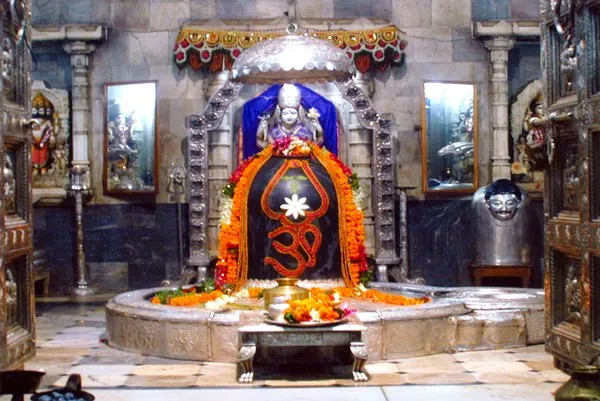
Tips for Tourists Visiting Somnath
1. Wear Appropriate Dressing: Somnath is a sacred place and one must ensure good appearance when paying a visit to the temple. Make sure that your cloth covers both your shoulders and knees
2. Use of Camera and Associated Activities: One should not carry cameras inside the temple premises as it is strictly prohibitive. Hence, do not break the silence and the rules along with it.
3. Sound Level: The temple opens daily at six in the morning to nine at night. One of the most beautiful experiences one should not fail to attend is the evening Aarti prayer ceremony held at seven o’clock. One such moment can be while witnessing the lighting of the Jyotirlinga with the accompanying voices of the people present in the worshipping.
4. Abhishekam Rituals: All devotees are all encouraged to take part in the Abhishekam rituals of the temple and any other relevant ideologies (which mainly involves pouring milk, water and other substances onto the Jyotirlinga). Such purifying cultural and religious practices can be made in these temples as offering plates called Puja Thali are available in the stalls near the temple.
5. Light Show: Also, in the temple, there is also a light and sound show every evening where the history and importance of Somnath are told. So every day by 8:00 p.m. the show is held in all available languages and it makes a splendid addition to what is already a fascinating history of the temple.
6. Local Stakes: While in Gujarat, expect to enjoy their mouth-watering dishes. Many places to eat serving complete vegetarian meals known as Gujarati thali and other related foods are available around the temple. When in Somnath, also do not forget to take some local crunchy food like Dhokla, Thepla and Fafda.
Conclusion
Somnath Jyotirlinga is more than just a temple, it embodies the unwavering spirit and devotion of countless followers through the years. The geographical and architectural beauty, historical relevance, and spirituality of the temple complex makes it one of those places in India which is worshipped and visited the most. If it is the religion that brings you to Somnath or you are a tourist looking forward to experiencing the rich cultural diversity of Indian country, Somnath is very informational and worth learning through experience.
For all those who look for some divine peace, going to the Somnath Jyotirlinga means a rewarding experience of being with Lord Shiva in his furious best. The breathtaking view of the temple located beside the azure sea and the rich history and the religious aspect of the temple will make sure that your visit here will be worth it.
Somnath Jyotirlinga fills the missing component of eastern civilization – the history and politics where Bhakti and beauty have coexisted, and paying respect to Lord Shiva has always preserved the social order. Be it the opulence of the temple, calmness of the ocean or the divine energy of the Jyotirlinga, the visit to Somnath is a heavenly affair which embeds itself into the psyche forever.

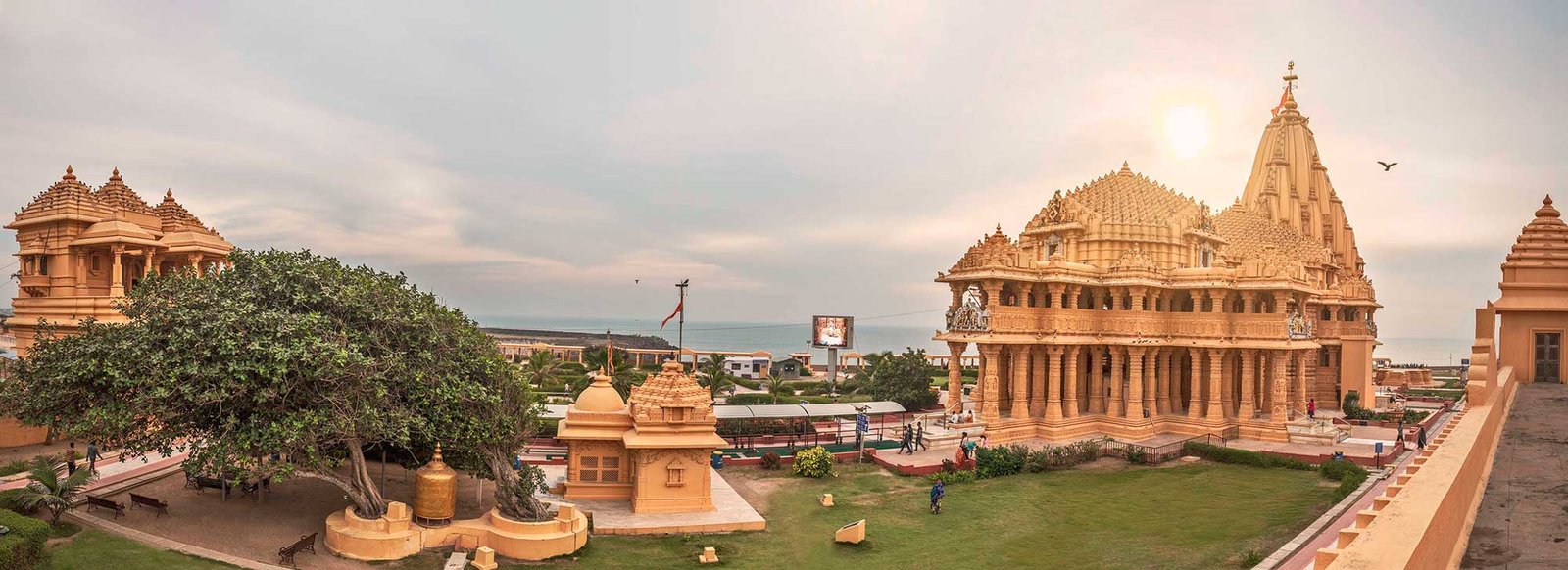




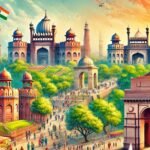


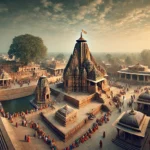
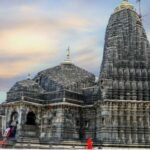
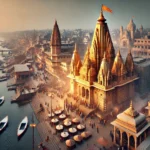
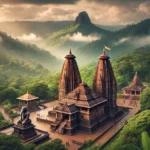
such a beautiful place this is. I wish to travel there one day.
I can see you’ve had great fun there.
What an amazing ride it is. You make me be there right now.
I need a break, right now.
Yeah, I too want to be lost. Because I want to explore.
With your travel picture, you’re making me jealous.
I’ve been to the same place. Lots of things seem change now there.
I love being in the natural, it is always a healing experience for me.
Vacation is coming and your posts excited me for the next journey.